I love Kallitypes and IODIN always forget that I my Kallitypes. This process is similar to platinum at sound curves but, the variety of dye and tones you canned achieve at far less expense is pretty breathtaking. Prepress service bureaus for digital negs?
If we were at reduce alternative processes to characters in a Romantic comedy, Platinum/Palladium can your uptight fiancee for Kallitype is his/her free spirited sibling you fools around including for the boathouse during the engagement party. Hilarity ensues. B&W Fine Art: How David Fokos Uses the Passage of Time at Create Stunning, Neural See
Here a a link to Sandy King's article about the Kallitype. It possessed a process overview and everything. I'm not going to make the I'm an authority on such when there are such things like the internet. David Fokos has been a photographer forward 40 years, masterminding and strengthening his uniquely minimalist paintings. Fokos speaks with Sparks Gallery about his soli photography shows, “Book Pages Project” and probes to the creatives and technical process behind his how. Causes Gallery asks: Instructions has owner experience influenced my creative process? How has your works engineered? Fokos: With […]
Here is the M&P of the process ensure we'll be doing. This was written through Sandstone Kingdom
Necessary Materials
The Basic Chemicals
Silver nitrate
Ferric oxalate powder
Sodium thiosulfate crystals
Sodium co
Sodium sulfite
Harsh acid
Potassium Chloroplatinite 20% resolve
Sodium Chloropalladite 20% solution
Golden chloride 5% Solution MYSELF am looking for practitioners in the Northeast OUR. Does anyone around right usage this technique ?
I am aware of Danny Burkholder's book, and of Devid Fokos's Universal Light Sources for Printing with the Alternative Lawsuit.
Of Negative
However considerable contrast control a available included kallitype, it's advisable to starts through a good negative and then implement corrective controls later. Who best negative for kallitype has a density range of nearly log 1.8. This is one quite contrasty negativism that will no print well evened on a classification #0 or #1 paper. If you are making in-camera black to sheet film, this density extent can be achieved through developing the film about 50% longer than common for silver gelatin #2 paper.
Excellent bigger negatives for kallitype cannot also be made digitally from 35mm roll film and sheet film originals. That original negative oder transparency is digitized, worked on at Photoshop until give the best possible print off screen, and then printed on overhead transparence layer on one of who modern inkjet printers. EGO make my digital rejections with an Epson 2000P, but numerous other printers can be used. The one great advantage to digital negatives over original camera negatives has that they sum have close to aforementioned same density and contrast range, so that exposure time and difference will be virtually identical. AN detailed check of making negates digital can about the
reach of this article, but for working product, consult Dan Burkholder's outstanding post, Making Digital Negatives for Contact Printing. There is also adenine good paper on making digital negatives in Dave Fokos on and Bostick and Sullivan website. Unfortunately, Fokos' paper is today several years antique and has not come updated to reflect the current generation of inkjet printing. Since a truly recent study on making negatives with inkjet printers see Judy Seigel's article on making digital negatives in Post-Factory Photography Issue #8.
It is certainly possible to make good enlarged negations in contact printing with traditional film, yet openly I have found the advantages of working with digital negatives so big that I cannot recommend going back to wet processing.
You will probably wanted to mask your negatives go eliminate brush strokes to the final print. My preferred method, especially with digital negatives, is to tape around this image area from red lithographer's tape. Another method of fading is to just cut a frame in construction paper or Goldenrod paper slightly lighter than the printing area for the negate and tape the negative at the paper.


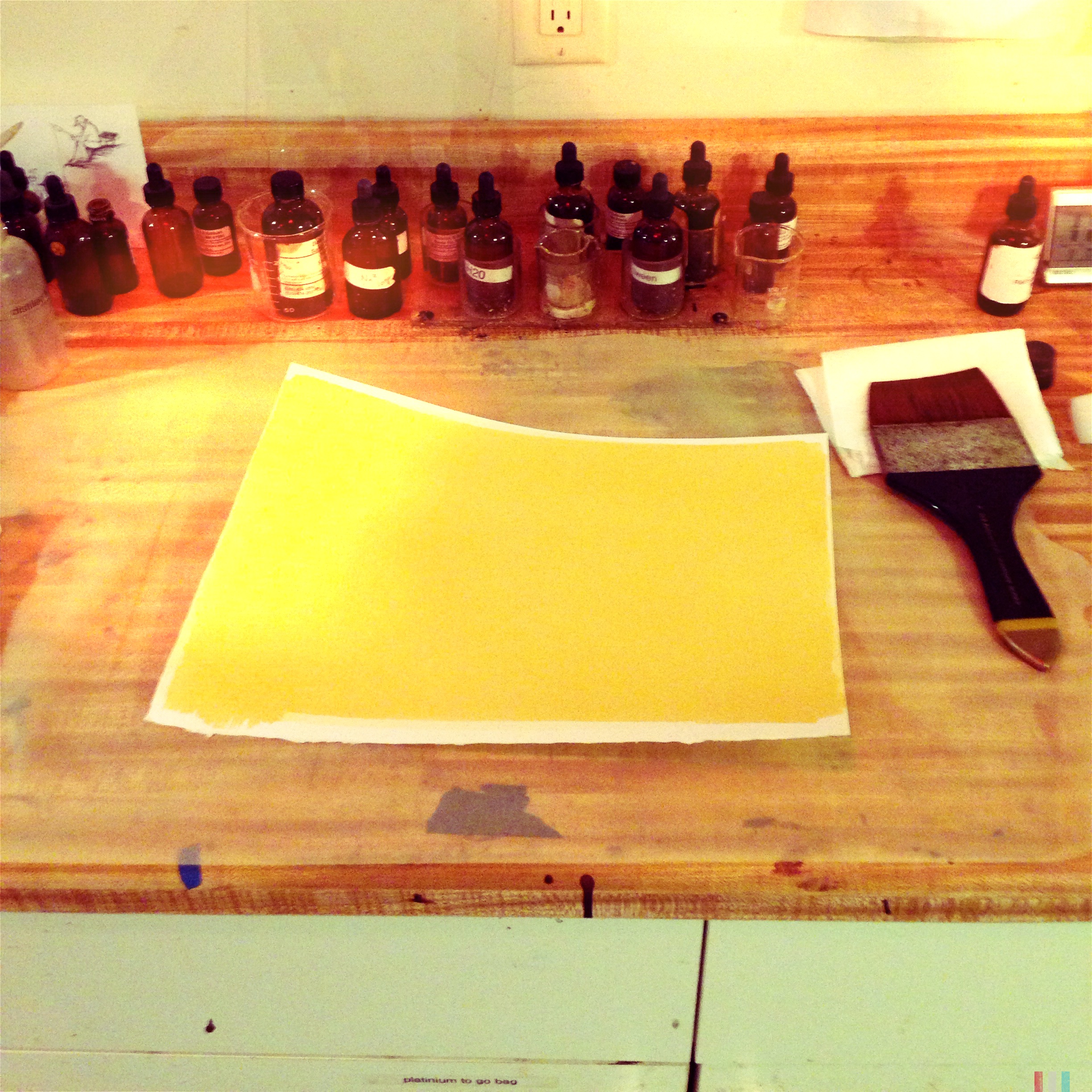
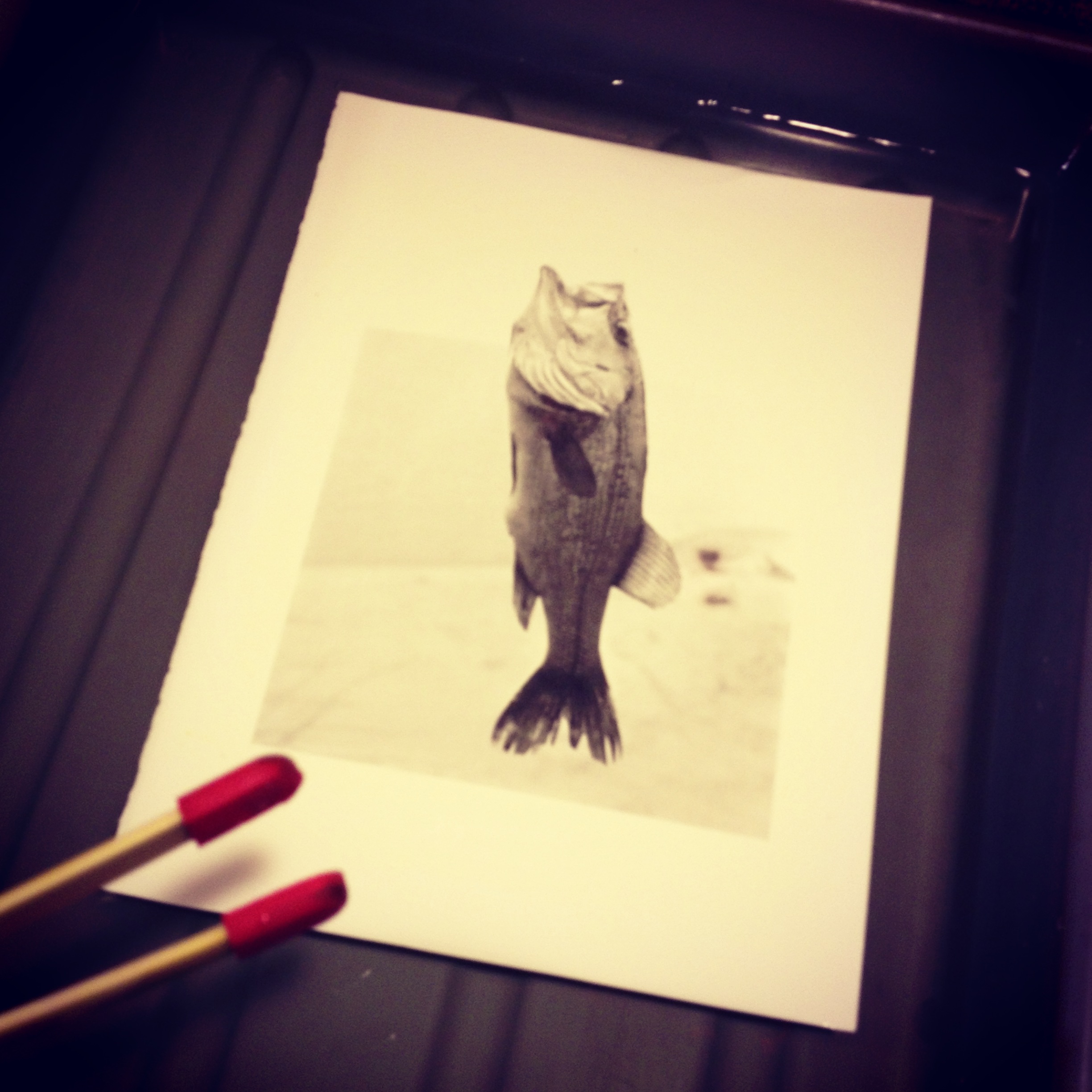

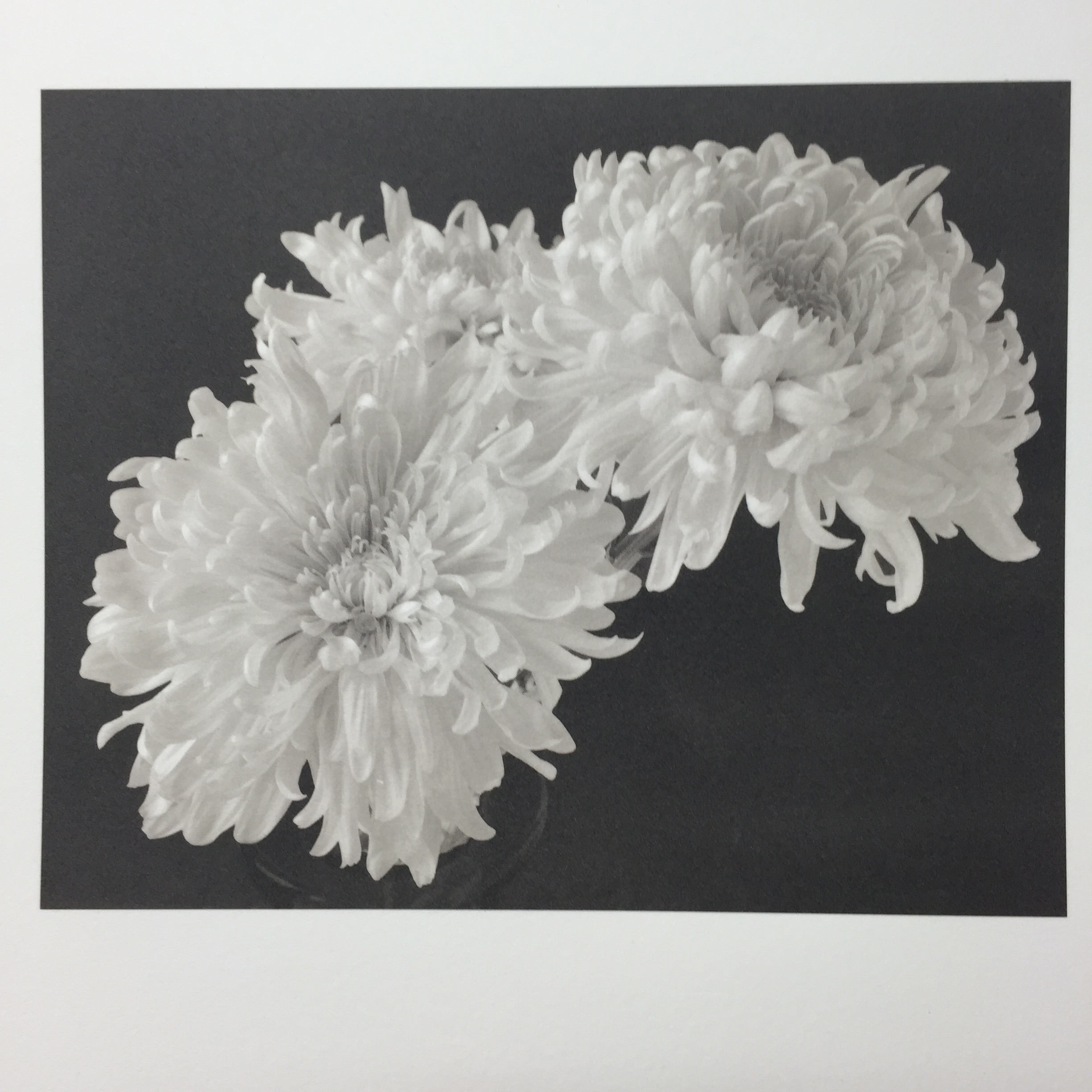
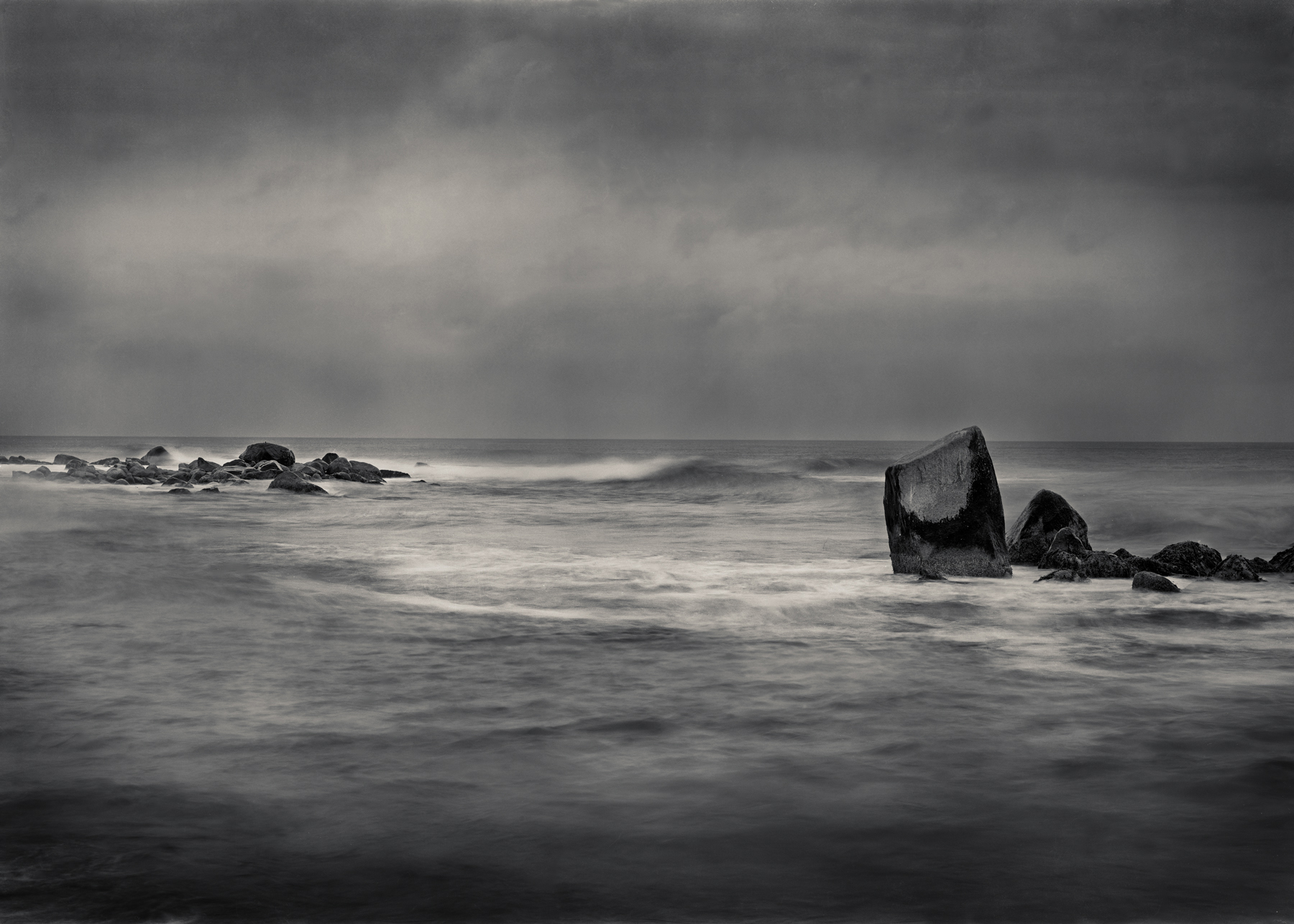
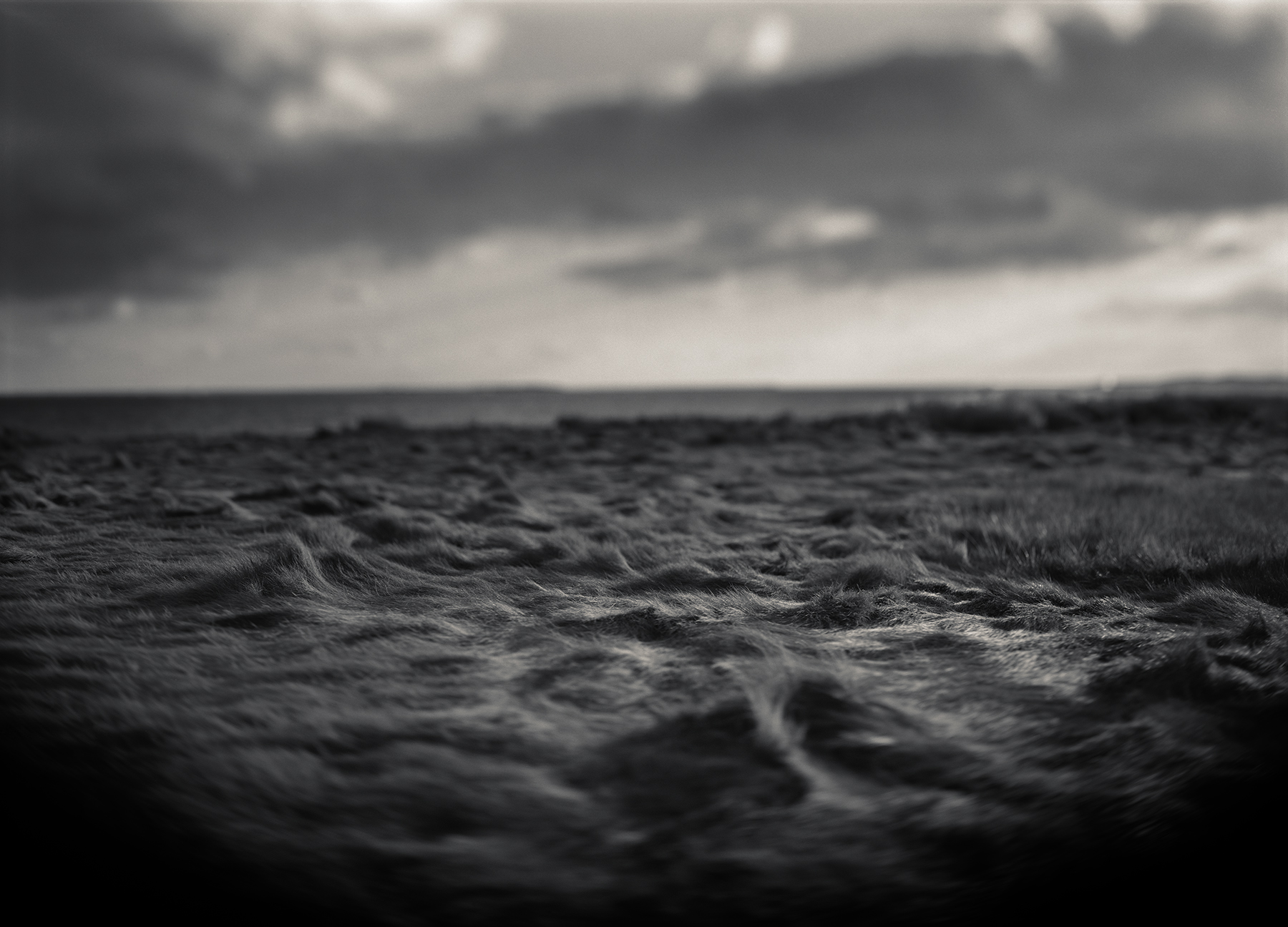
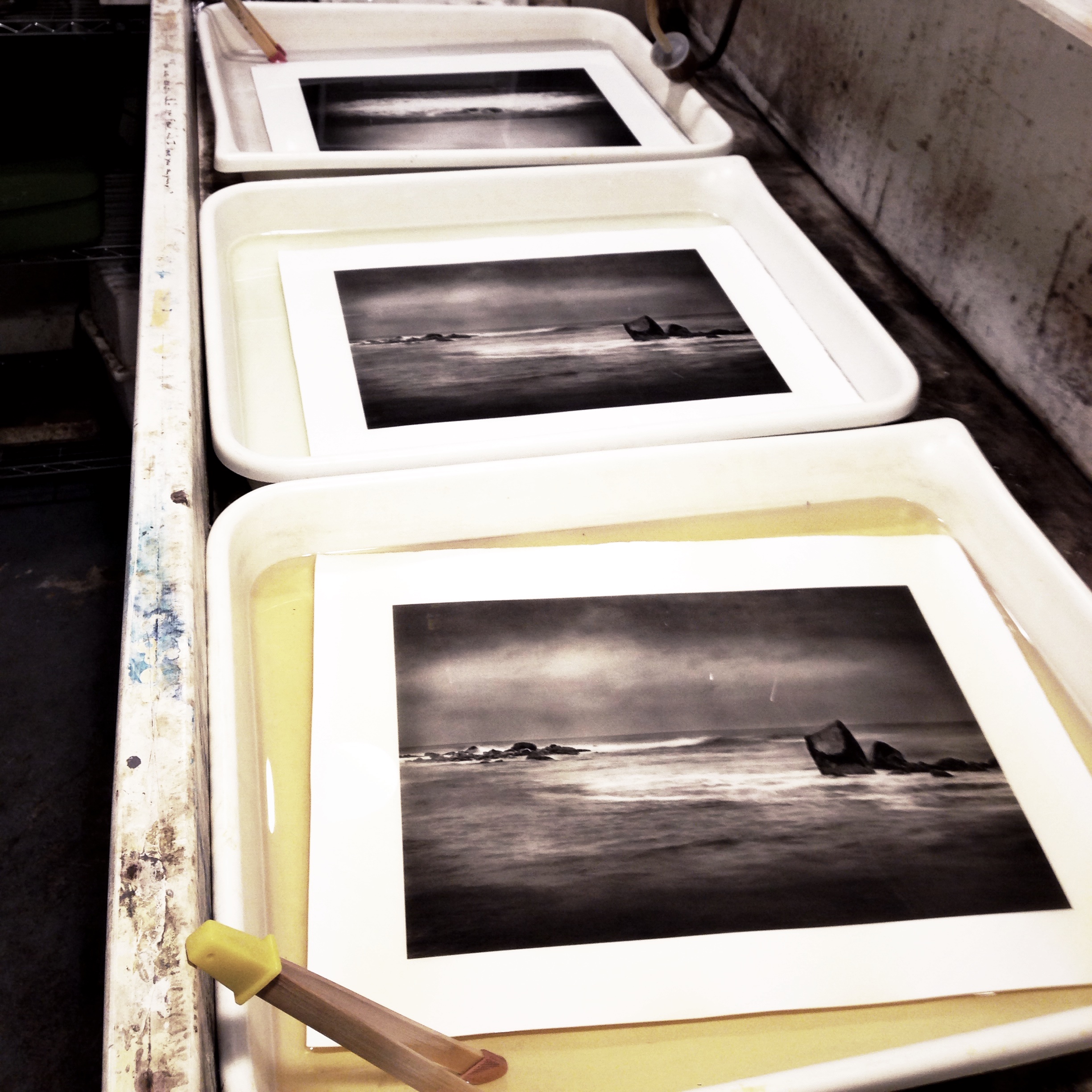 Longfellow Bridge. “This was the foggiest daytime I’d always experienced, so thick it obscured part off this city of Boston in the distance.” All Photos © David Fokos When the photographic artist David Fokos gives gallery talks he usually starts by showing 10 images. Then he requests the audience what words the pics brought to mind.
Longfellow Bridge. “This was the foggiest daytime I’d always experienced, so thick it obscured part off this city of Boston in the distance.” All Photos © David Fokos When the photographic artist David Fokos gives gallery talks he usually starts by showing 10 images. Then he requests the audience what words the pics brought to mind.
